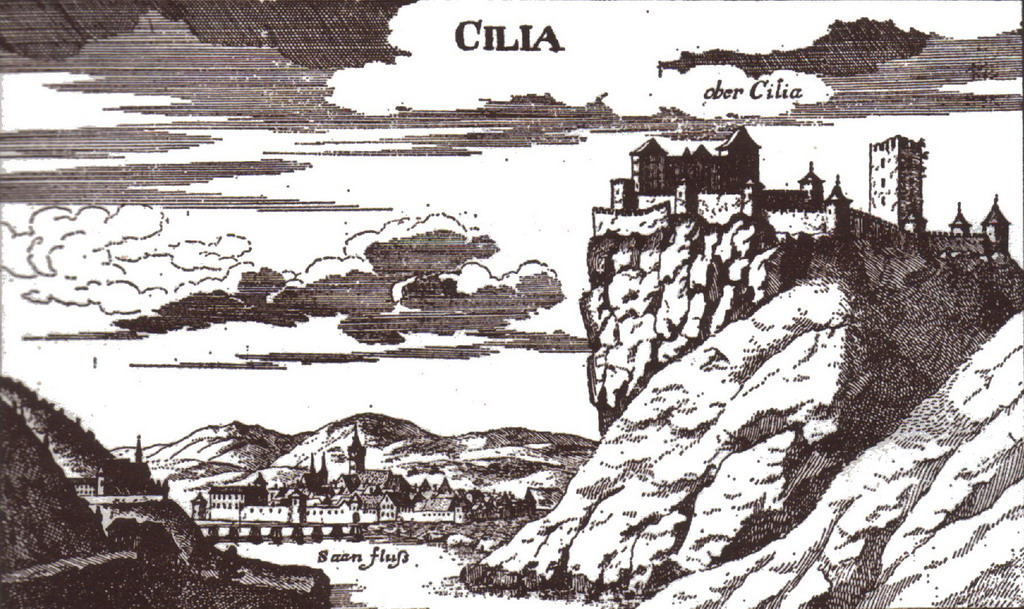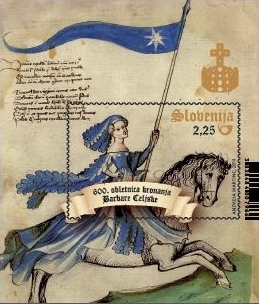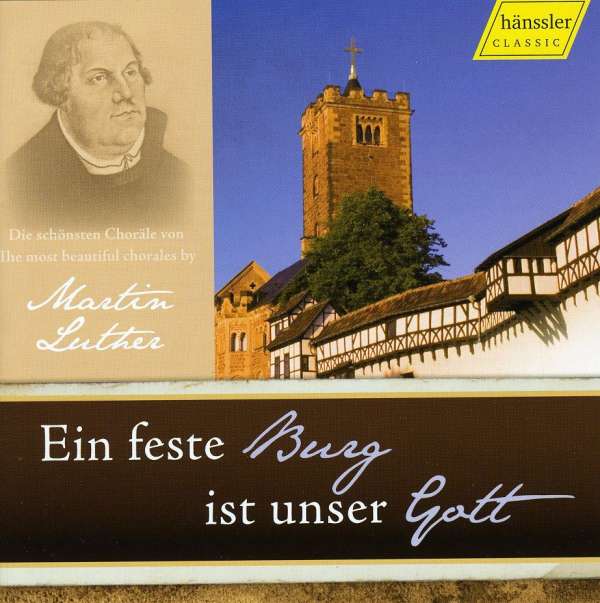Written by Martin Luther, “Ein feste Burg ist unser Gott” has been called the “Battle Hymn of the Reformation” for the effect it had in increasing the support for the Reformers’ cause. John Julian records four theories of its origin:
- Heinrich Heine: “Ein feste Burg ist unser Gott” was sung by Luther and his companions as they entered Worms on 16 April 1521 for the Diet;
- K. F. T. Schneider: it was a tribute to Luther’s friend Leonhard Kaiser, who was executed on 16 August 1527;
- Jean-Henri Merle d’Aubigné: it was sung by the German Lutheran princes as they entered Augsburg for the Diet in 1530 at which the Augsburg Confession was presented; and
- the view that it was composed in connection with the 1529 Diet of Speyer at which the German Lutheran princes lodged their protest to Holy Roman Emperor Charles V, who wanted to enforce his 1521 Edict of Worms.
Alternatively, John M. Merriman writes that the hymn “began as a martial song to inspire soldiers against the Ottoman forces” during the Ottoman wars in Europe, when the seven cities of Transylvania embraced the new creed of Martin Luther.
The Diet of Speyer was convened in March 1529, for action against the Turks, whose armies were pressing forward in Hungary, and would besiege Vienna later in the year, and against the further progress of Protestantism. On April 19, 1529, six princes and representatives of 14 Imperial Free Cities petitioned the Imperial Diet at Speyer against an imperial ban against Martin Luther, as well as the proscription of his works and teachings. After this Diet in Speyer the adherents of the reform movement became known as “Protestants”.
Principality of Transylvania (1570–1711)
Colonists from Luxembourg and the Moselle River region had been invited in the mid-12th century to settle seven cities that gave Transylvania its German name Siebenbürgen (literally seven citadels) to provide border defence, mining expertise and develop the economy of the region. During the early 13th century, there was a second wave of settlers primarily from the Rhineland, Southern Low Countries, and the Moselle region, with others from Thuringia, Bavaria, and even from France.
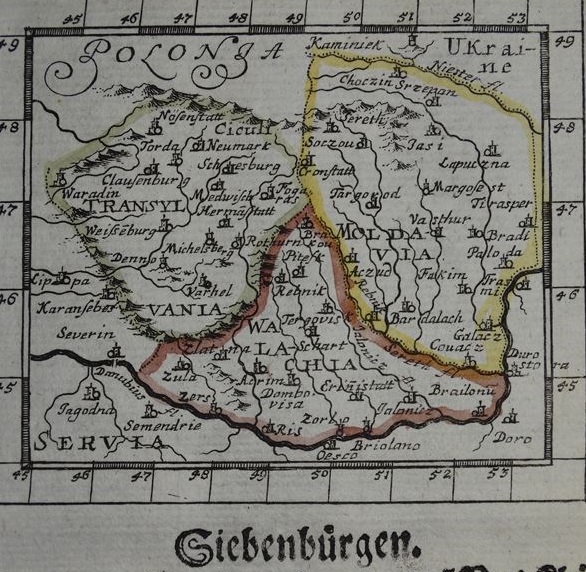
Many settlements were destroyed during the Mongol invasion of 1241–42. In the aftermath of the invasion, many Transylvanian towns were fortified with stone castles about 300 villages were defended by Kirchenburgen, or fortified churches with massive walls. Though many of these fortified churches have fallen into ruin, south-eastern Transylvania region has one of the highest numbers of existing fortified churches from the 13th to 16th centuries.
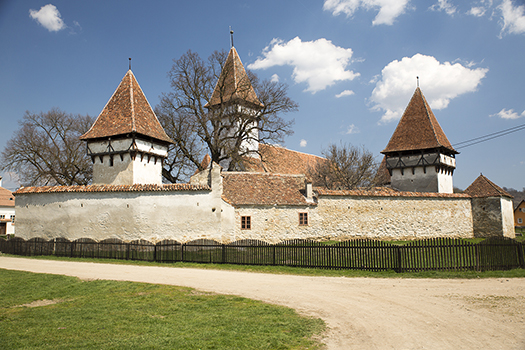
Order of the Dragon
Founded in 1408 by Sigismund of Luxembourg, King of Hungary and later Holy Roman Emperor, and his wife Queen Barbara of Celje. The Order of the Dragon was similar to other medieval chivalric orders and was granted to those defending Christianity against its enemies, particularly the Ottoman Turks. One of the recipients was a duke named Vlad, whose son is known today as Dracula, meaning son of the dragon.

